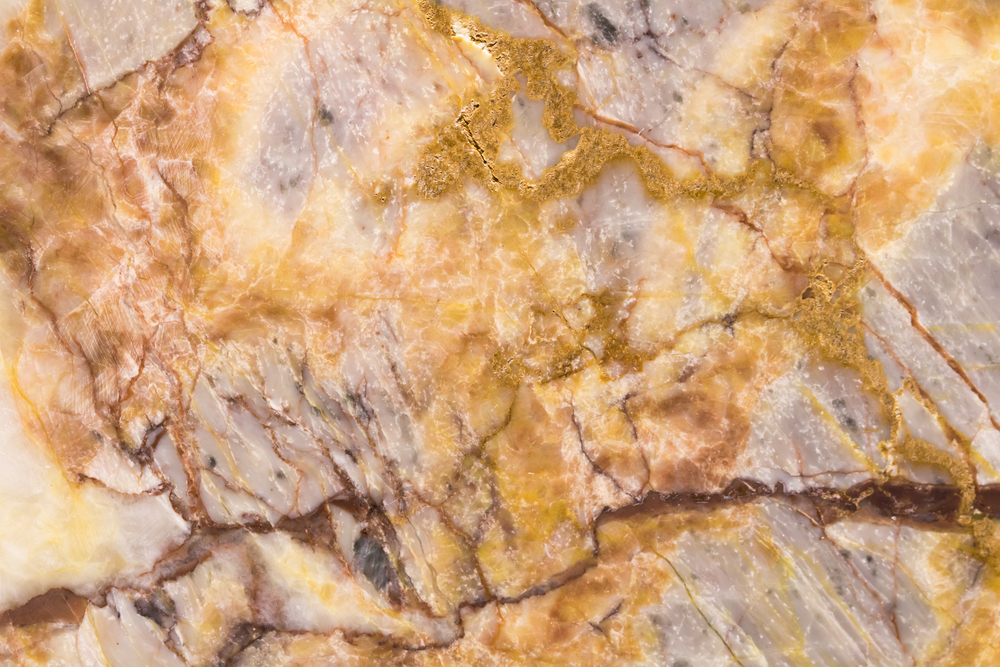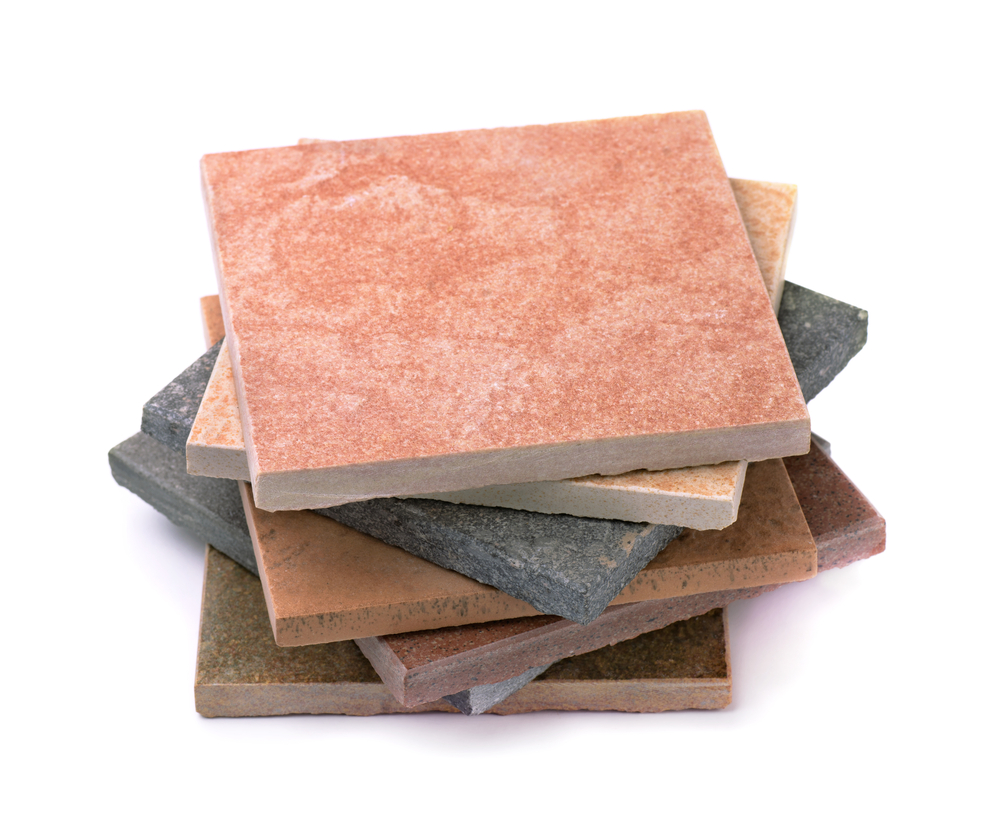Marble Tile Installation Cost Considerations

Marble tile installation costs can vary, but you can save money by being flexible about the project’s timeline and doing your own installation preparation.
Planning on installing marble tiles in your home? It’s important to consider several cost factors since significant customizations and other enhancements can add to the material’s overall price tag. But with its durable structure and elegant features, it’s more than worth the price.
Much like any project, the total cost will range depending on a number of variables, such as the size of the area you plan on covering, the grade of marble you choose, and the tile installation cost for any hired contractors.
Here are some costs to consider when looking to install marble tiles:

Marble tiles will add resale value to your home. (Troya Marble Tile – Crema Perla)
Installation
In addition to purchasing the marble, you may have to pay a contractor to install it if you don’t have previous home repair experience. While installing marble is not necessarily the most difficult project to complete, hiring a professional to do the job offers you peace of mind in knowing that someone with experience will most likely do a good job.
Be sure to vet any contractor you hire and, if possible, verify the quality of their previous work. It’s always a good idea to hire a contractor who is licensed, bonded and insured to guarantee the job is done correctly. Proper installation extends marble’s longevity, so hiring a professional can save you money in the long run.
Contractors generally lump all the costs together in one price per square foot that will include the cost of the tiles, the labor, the materials and supplies, as well as an additional allowance for special equipment. While prices will vary by region, a professionally installed marble floor can cost you around $9-$20 per square foot, while more specialized jobs can run you $50 per square foot or more. As a general rule, the more customized your design, the more you should expect to pay per square foot.
Some installers may also charge additional fees for removing the previous flooring material, along with moving furniture, appliances, and fixtures.
“Save money by being flexible about the project’s timeline.”
If you plan on hiring an outside contractor as opposed to installing the tiles yourself, there are few ways to maximize your value. Getting bids from different contractors helps ensure you’ll be paying the best price possible. You should also consider combining more than one project in order to streamline the work. It can also help your bottom line to be flexible about the project’s scheduling and timeline.
However, with a little planning and precise execution, installing marble tile can be a feasible do-it-yourself project for those with experience. For something as major as tiling an entire floor for the first time, you might want to reconsider the DIY approach. But if you’re feeling adventurous, this is also a good chance to really test your installation mettle. Doing it yourself eliminates the need to pay an outside source to work on the job. In addition, laying your own marble tiles can give you the satisfaction of having completed a major project that you can enjoy any time you look at it or walk over it.
If you decide to go the DIY route, in addition to the price of the marble, be sure to remember to budget in items like grout, sealer and any tools you don’t currently own. If need be, you can save additional money by renting tools like a tile saw instead of buying them. Home.costhelper.com lists the average cost of sealant to be approximately $30-$60 a quart while it can cost from $40 to $300+ to seal the marble, depending on size and condition.
Marble Tile Maintenance
Since marble is such a durable building material, you can rely on it to remain in place long after installing it, provided you give it the proper care and maintenance. Luckily, aside from regular cleaning and sealing, maintaining marble is not too expensive.
After sealing it during the installation process, you will need to reseal marble every every 12 to 18 months. Because natural stone is a porous material, it is susceptible to liquid permeating into it. Be careful when placing a drink down on marble tile, as acidic or watery substances can stain the material. Even wet shoes can seep into the stone. Sealing marble tile fills in these pores and will help protect the material against dirt and spills as well as maintain its luster and structural integrity. The marble’s finish, location and how well it has been cared for, all play into the determination of how to seal the stone.
“Topical sealers are economically priced and easy to apply.”
There are several ways to seal marble, and thankfully none are too expensive. Topical sealers are economical and easy to apply, while impregnators can be a bit more expensive, but require less frequent application.
If the marble tiles get significant foot traffic that can lead to wear and tear, periodic honing and polishing by a professional floor maintenance contractor will help inhibit re-soiling and deterioration. This will add to the long-term costs of preserving the surface, but, again, this is only for high traffic areas.
Results
While installing marble tiles might cost more than other materials, the results speak for themselves. Marble exudes a luxurious appeal. From Ancient Greece and Rome to modern skyscrapers, builders and architects have used marble to beautify foyers, hallways and bathrooms for thousands of years. When installing marble, you can place yourself in this long tradition of esteemed company. As attested by its ubiquity from antiquity into the present day, this unique stone provides its users with a high-end material that compliments most decors and room features.
In addition to the elegance and beauty marble brings to any room, its resiliency and strength ensure the stone is worth every penny.
How do you determine your renovation budget?
Click here to take a look at our online selection of stunning marble tile. Discover the right look for your space.

